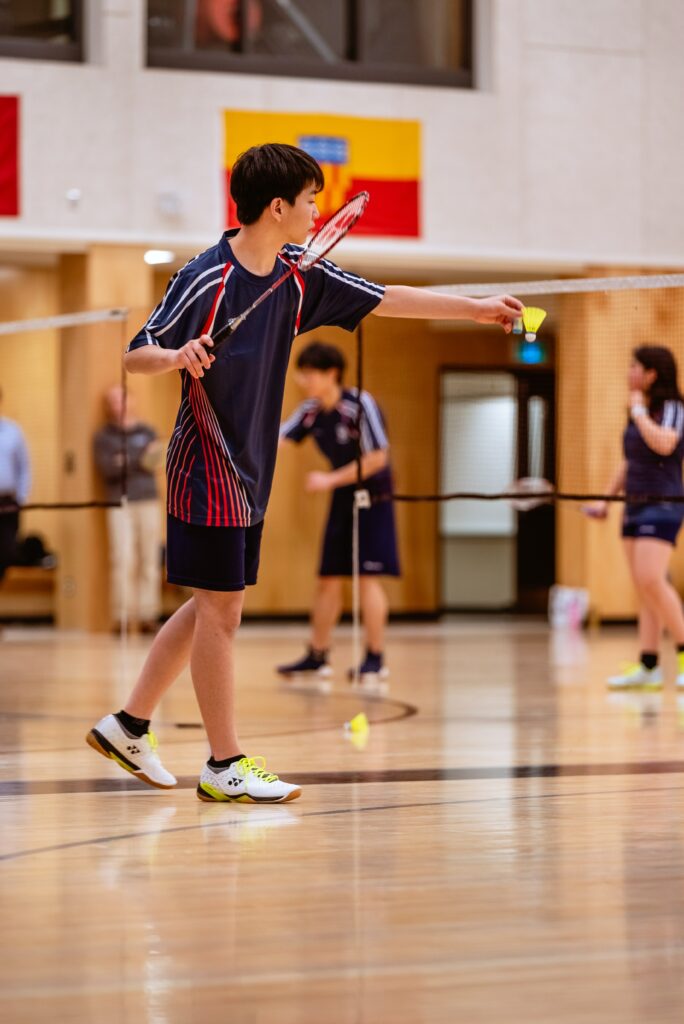What is a discoid meniscus?
Unlike a normal meniscus, which is a crescent-shaped piece of cartilage inside the knee joint, a discoid meniscus is usually oval-shaped (hence the term, discoid). The meniscus serves as a shock absorber between the thigh bone and shin bone; there are two of these cushions for each knee, on the inside and outside.
The discoid meniscus is a developmental abnormality that is present at birth. In addition to being a different shape, it is also thicker and has different texture than a normal meniscus. While a discoid meniscus may never become symptomatic, it is more prone to injury, and frequently this happens during childhood and adolescence.
How does a discoid meniscus develop?
A discoid meniscus develops in utero for no known reason; the child is born with the condition in place. Parents often ask us if a discoid meniscus is hereditary. The NIH has stated that the condition occurs more frequently in Asian countries than in Western countries, so children of Asian heritage may be more prone to it. The NIH also states that genetics or family history may play a part in whether a discoid meniscus develops.
Symptoms of a discoid meniscus?
Symptoms of a discoid meniscus, which often start in childhood, are:
- a popping sensation with pain
- stiffness
- buckling (feeling of instability) or swelling of the knee
- the inability to fully straighten the knee
- clicking or locking of the joint
These symptoms of a discoid meniscus often show up in children who participate in sports that involve twisting motions of the knee. An MRI is taken to find, diagnose, and evaluate a discoid meniscus. There are three types of discoid meniscus, based on how much the cartilage covers an area called the lateral tibial plateau, and where it is attached. A complete discoid meniscus is the most common type.
Treatment for a discoid meniscus
Treatment for a discoid meniscus depends on how it affects the patient. If the child is not exhibiting pain or mechanical issues concerning the knee, there is no need for any treatment. However, if the discoid meniscus is unstable or torn, a pediatric orthopedist will recommend discoid meniscus surgery. This is because the meniscus does not have a strong blood supply and therefore, will not likely heal on its own.
Discoid meniscus surgery entails trimming the cartilage to the crescent shape of a normal meniscus. If it is torn, the pediatric orthopedic surgeon will repair the injury, or stabilize the cartilage as needed. A same-day procedure, this meniscus surgery is performed arthroscopically to be minimally invasive. Treatment for a discoid meniscus after surgery usually includes a course of physical therapy.
When should you see a doctor?
If your child is complaining about any of the symptoms of a discoid meniscus, see a doctor for evaluation. If you do not already see a pediatric orthopedist, ask your family doctor for a referral to a pediatric orthopedist near you.
The pediatric orthopedists at TPOC will examine your child and, if this cartilage abnormality is suspected, will order an MRI and recommend a course of treatment based on results and symptoms. Of course, we recommend you see a doctor any time your child exhibits joint pain—and in this case, knee problems—so the path to healing can begin. If you suspect your child has a discoid meniscus, please contact our office right away. We have three offices in northern NJ to make it easy to find a pediatric orthopedist near you.



